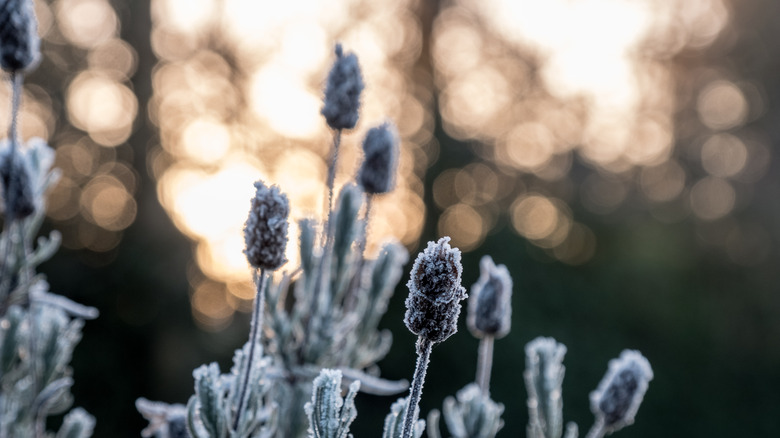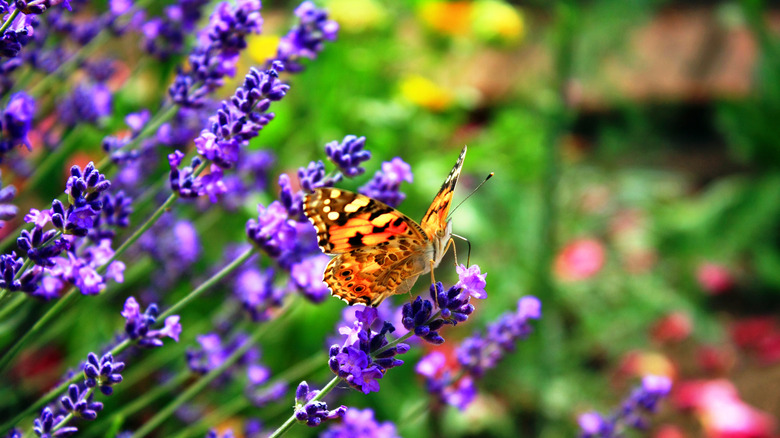Perennial Seeds You Can Sow After A Hard Frost For A Blooming Spring Garden
We may receive a commission on purchases made from links.
If you think winter means hitting pause on your garden, think again — some of the best blooms start with a chilly beginning. After the first hard frost is the perfect time to sow some perennial seeds. Knowing the first frost date for your garden where you live can help you plan, both to protect plants that need it and to add others that do best after a frost. Planting your perennial seeds after the first cold snap helps mimic the natural lifecycle of wildflowers. When perennials produce seeds in the fall, those seeds need exposure to cold, wet weather. The process of cold stratification helps breakdown the hard outer shell of seeds, which prepares them to break dormancy in the spring.
You may be wondering if you should start seeds indoors or direct sow when growing flowers. The answer is that it depends on your type of flowers! Some varieties, such as blue flax, forget-me-not, anise hyssop, lavender, milkweed, sundial lupine, bearded tongue, and Russell lupine, are best sown in the ground in the fall. By planting after the first frost, you'll be all prepped for a beautiful spring flowering garden.
How to plant seeds in the fall
If you are inspired by the idea of beautiful spring flowers, you can start preparing your garden after your area's first hard frost. First, you'll want to find the right seeds by purchasing varieties that require fall planting. You could consider a mix, such as Eden Brothers All Perennial Wildflower Mixed Seeds, or individual varieties, such as Gaea's Blessing English Lavender Seeds. Whatever you choose, you can look forward to beautiful blooms when the days get warmer.
After you've acquired your seeds, it's time to start planting, so you'll need to know how and when to direct sow seeds in your garden. If you want to create your own unique mix, combine the seeds you have purchased. Next, mix them with three parts filler to one part seeds. For filler, you can use sand, natural peat moss, or sawdust. Once your blend is prepared, sprinkle it over your garden area and lightly press it down using your feet. You want your seeds to have contact with the soil, but there's no need to dig. Finally, keep an eye on the area and pull any weeds that try to encroach on your wildflower garden. Keep the soil moist and the area free of weeds, and soon your garden will be filled with beautiful blooms.

